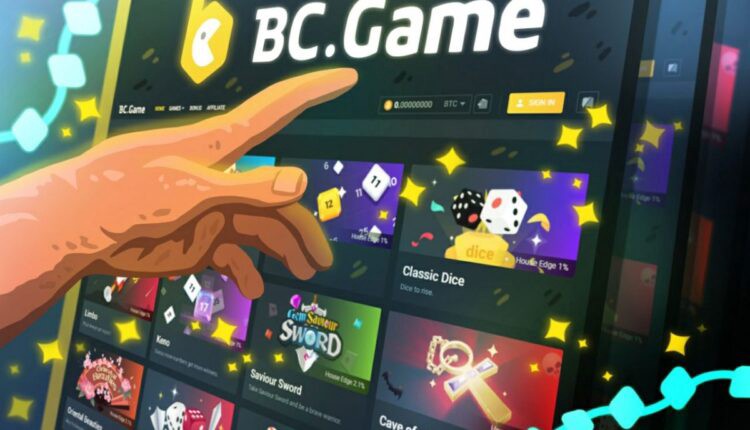
The Ultimate Guide to Coin Flip: Tips, Tricks, and Strategies
Coin flipping is a simple yet intriguing game that has captivated people for centuries. The Coin Flip coin flip represents a perfect example of randomness and chance, making it a popular choice in various settings, from casual gatherings to high-stakes casino environments. In this article, we will delve deep into the world of coin flipping, exploring its history, strategies, and cultural significance, all while uncovering why this seemingly trivial game has such a lasting appeal.
History of Coin Flip
The act of flipping a coin dates back thousands of years, with its origins believed to be rooted in ancient civilizations. Historical records indicate that the Romans used coins for decision-making in public forums, a practice they referred to as “navia aut caput,” which translates to “tails or heads.” This method allowed for quick and impartial resolutions to disputes or choices that required a fair decision. Over time, the coin flip gained popularity across different cultures, serving as a tool for making choices in matters ranging from games to serious decisions.
The Mechanics of Coin Flipping
A coin flip is based on the fundamental principle of probability. When a coin is flipped, there are two possible outcomes: heads or tails. If the coin is balanced and the flip is executed correctly, each outcome has an equal 50% chance of occurring. This simplicity is part of what makes coin flipping appealing; it requires no skill or advanced knowledge, only the willingness to make a choice. However, many enthusiasts enjoy discussing strategies that can supposedly improve their odds, although mathematically, the coin flip remains a game of pure chance.
Strategies and Tips
While there is no way to influence the outcome of a coin flip due to its inherent randomness, some players still enjoy discussing strategies and tips. Here are a few insights that enthusiasts often share:
- Understand the 50/50 odds: It is essential to acknowledge that regardless of any perceived patterns or streaks, each flip remains an independent event with a 50% chance for heads and tails.
- Stay objective: Emotional attachment to results can cloud judgment. Treat each flip as a separate, isolated event to maintain a clear perspective.
- Use it for decision-making: Beyond games, coin flips can serve as an effective method for making decisions in uncertain situations, like choosing between two options.

The Role of Coin Flip in Casinos
Coin flipping has not only remained a popular pastime but has also carved a niche for itself in the casino world. Several games incorporate coin flipping mechanics, whether as a decision-making tool or as a part of the gameplay itself. Games like “Heads or Tails” often use coin flipping as a central theme, where players can bet on the outcome of a coin flip. This simplicity and accessibility make coin flip games attractive to a broad audience.
Psychology Behind the Coin Flip
Interestingly, the coin flip also reveals much about human psychology. The idea of chance and randomness can evoke strong emotions, affecting behavior significantly. For instance, studies show that people often exhibit a risk-seeking mentality when the stakes are low, such as betting a small amount on a coin flip. Conversely, as the stakes increase, individuals tend to become risk-averse, emotionally withdrawing from their choices. Understanding this psychological aspect can enhance how one approaches not only coin flips but also other games of chance.
Modern-Day Coin Flip: Virtual Environments
As technology has advanced, traditional coin flipping has found its way into online platforms and gaming apps. Many casino websites feature virtual coin flip games that mimic the random nature of a physical coin toss, complete with engaging graphics and sound effects. These digital versions allow players to enjoy the thrill of coin flipping without the need for a physical coin, further expanding the game’s reach and accessibility.
Coin Flip in Popular Culture
The coin flip has permeated popular culture, appearing in numerous films, TV shows, and literature. One notable example is in the movie “No Country for Old Men,” where the protagonist uses a coin toss to determine the fate of individuals. This moment encapsulates the randomness and moral ambiguity associated with chance, highlighting how a simple act can carry profound implications. The coin flip continues to resonate in storytelling as a symbol of fate and choice, making it an enduring motif in various narratives.
Conclusion
From its historical roots to its modern-day applications, the coin flip remains a fascinating game that transcends mere chance. Whether you are flipping a coin for a simple decision, engaging in a friendly wager, or enjoying a virtual coin flip game, the allure of this age-old practice endures. By understanding the probabilities, the psychology involved, and the cultural significance, you can appreciate the coin flip as more than just a game of luck. It embodies the unpredictability of life, reminding us that sometimes, the simplest choices can hold the greatest weight.
